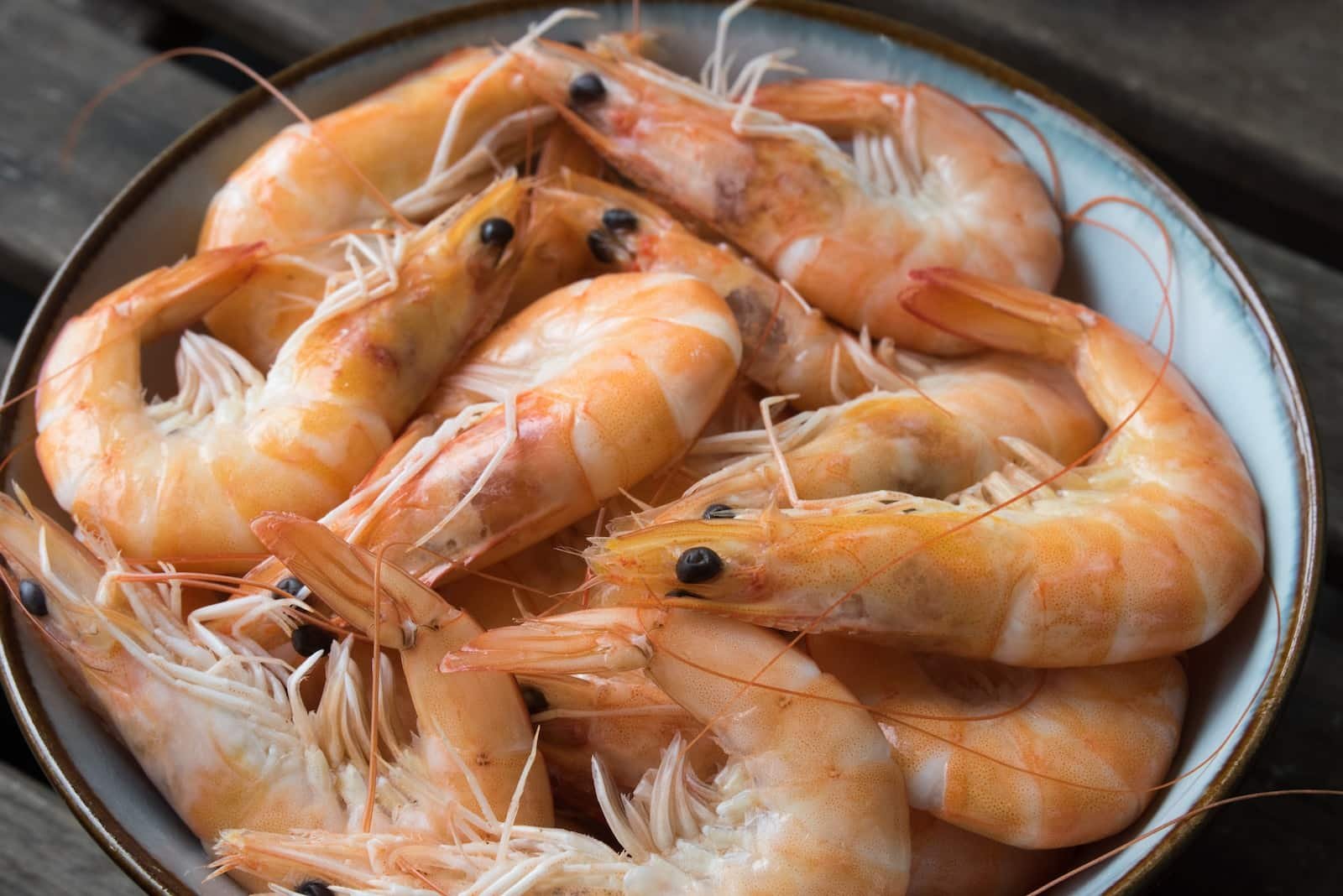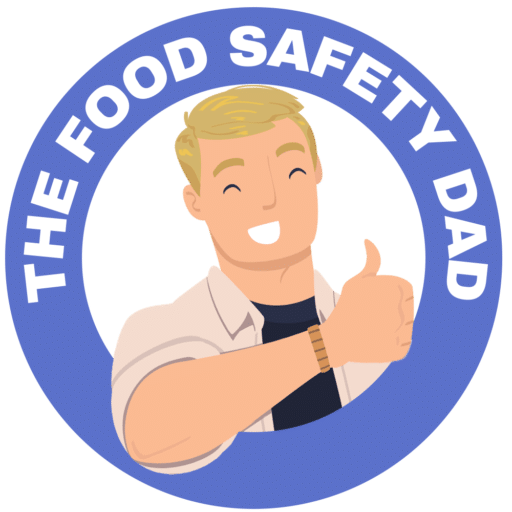elicacy in many parts of the world, but also a point of contention when it comes to safe consumption: raw shrimp.
Shrimp is a popular seafood enjoyed by many. Its versatility makes it a favorite ingredient in salads, pastas, and fancy appetizers. But before you consider popping a piece of raw shrimp into your mouth, let’s explore the facts about consuming raw shrimp and make sure you have all the information you need to make the right decision for your health and your taste buds.
First off, it’s essential to understand that eating raw or undercooked shrimp can pose several health risks. Shrimp can carry bacteria like Vibrio, Salmonella, and Listeria, which can lead to foodborne illnesses. According to the Centers for Disease Control and Prevention (CDC), Vibrio infections are particularly associated with eating raw or undercooked seafood, especially shellfish.
The CDC estimates that Vibrio causes 80,000 illnesses each year in the United States. Symptoms can include diarrhea, abdominal cramping, nausea, vomiting, fever, and chills. The more severe illnesses can even lead to hospitalization or, in rare cases, death.
The Food and Drug Administration (FDA) also cautions against the consumption of raw shrimp due to potential exposure to harmful bacteria and parasites. Cooking shrimp to an internal temperature of 145 degrees Fahrenheit is recommended to kill these potential threats.
Despite these warnings, raw shrimp remains a staple in some international cuisines, like sushi and ceviche. In these dishes, the preparation of raw shrimp often involves specific techniques or acidic marinades that can reduce the presence of pathogens. However, these methods do not always guarantee safety, and the risk of illness remains.
If you are set on including shrimp in your diet, there are ways to minimize the risks:
Pregnant women, young children, older adults, and people with weakened immune systems should avoid raw shrimp altogether. These groups are more susceptible to foodborne illnesses and the consequences can be more severe.
Now, let’s talk about how to enjoy shrimp safely, without losing out on taste:
By choosing any of these cooking methods, you’re ensuring that your shrimp is not only delicious but also safe to eat.


